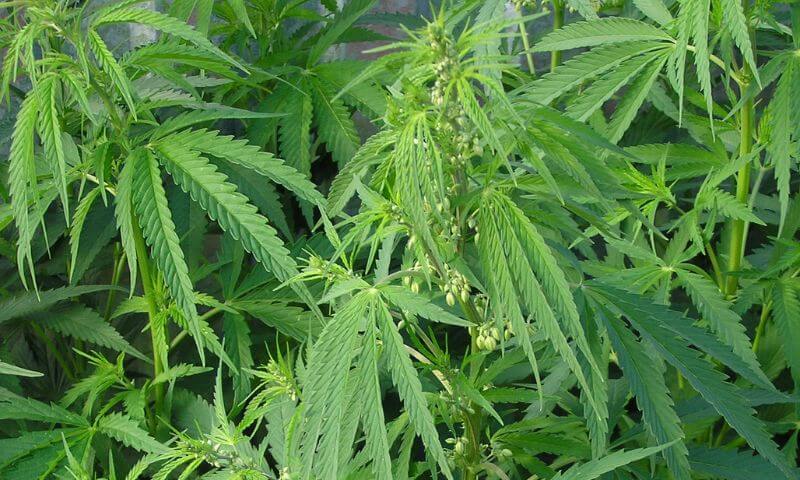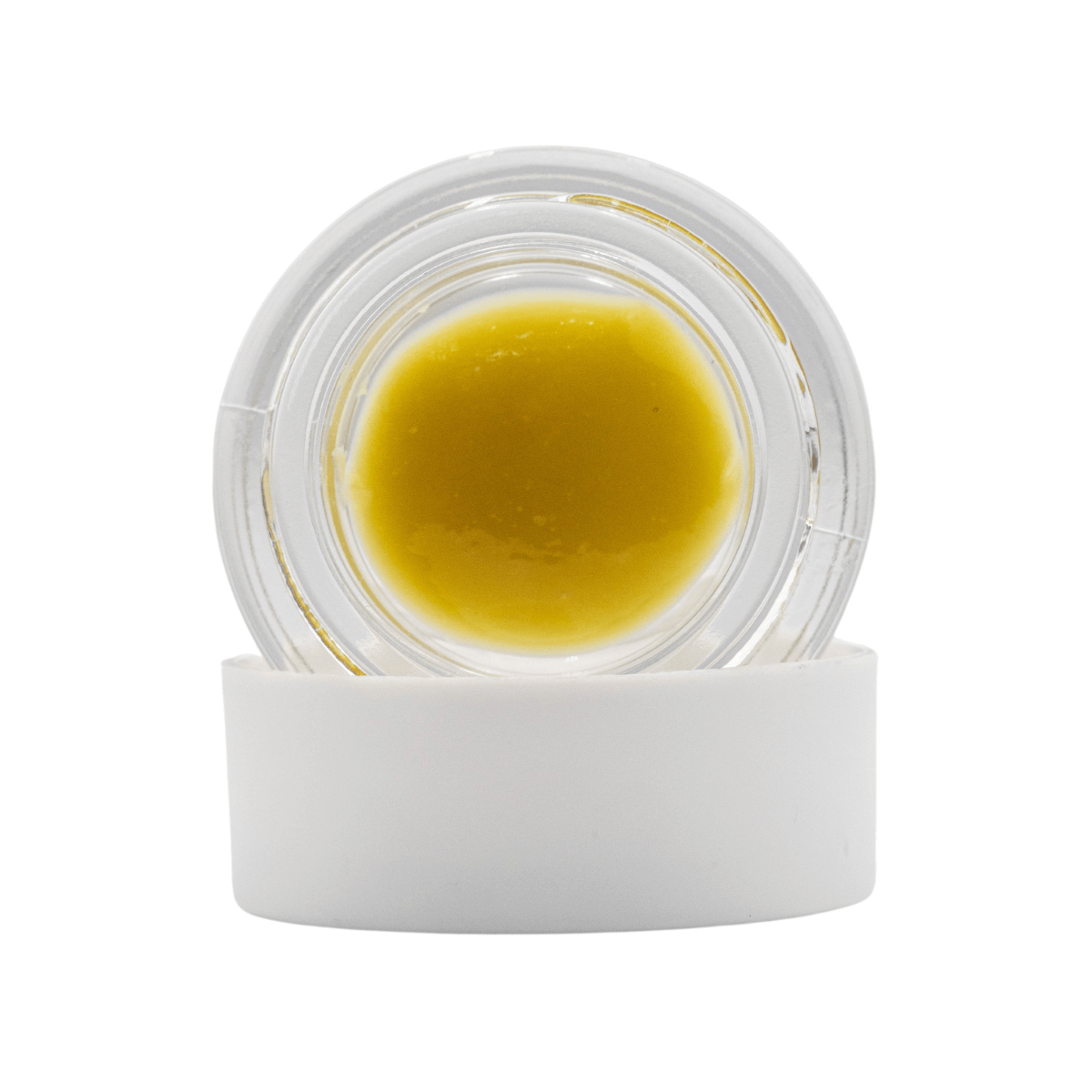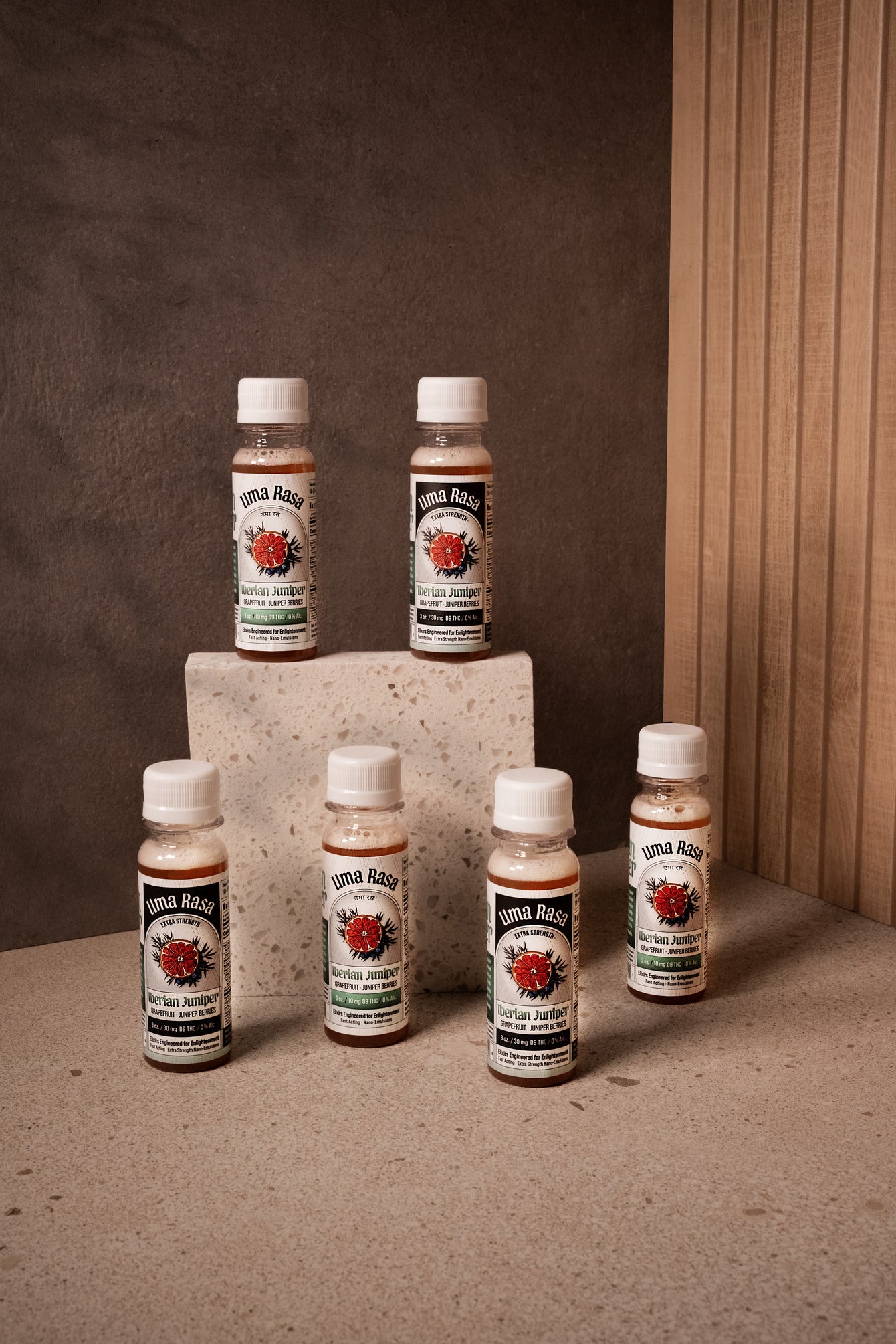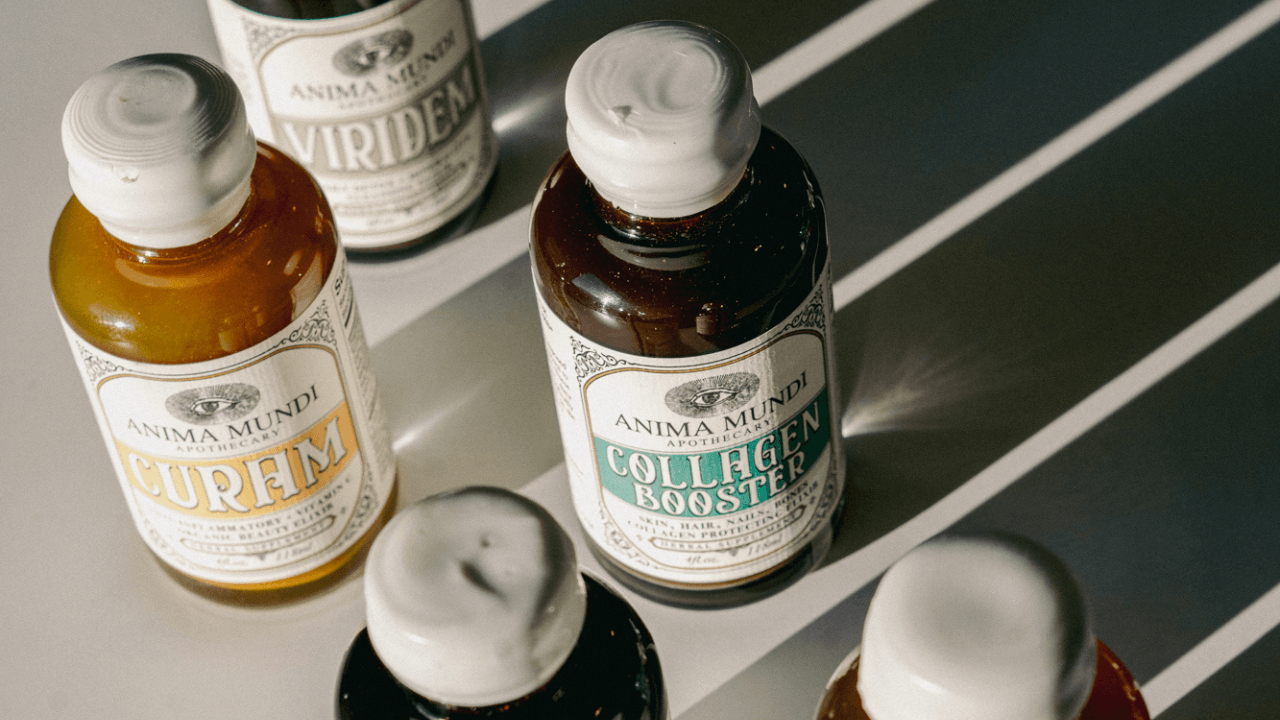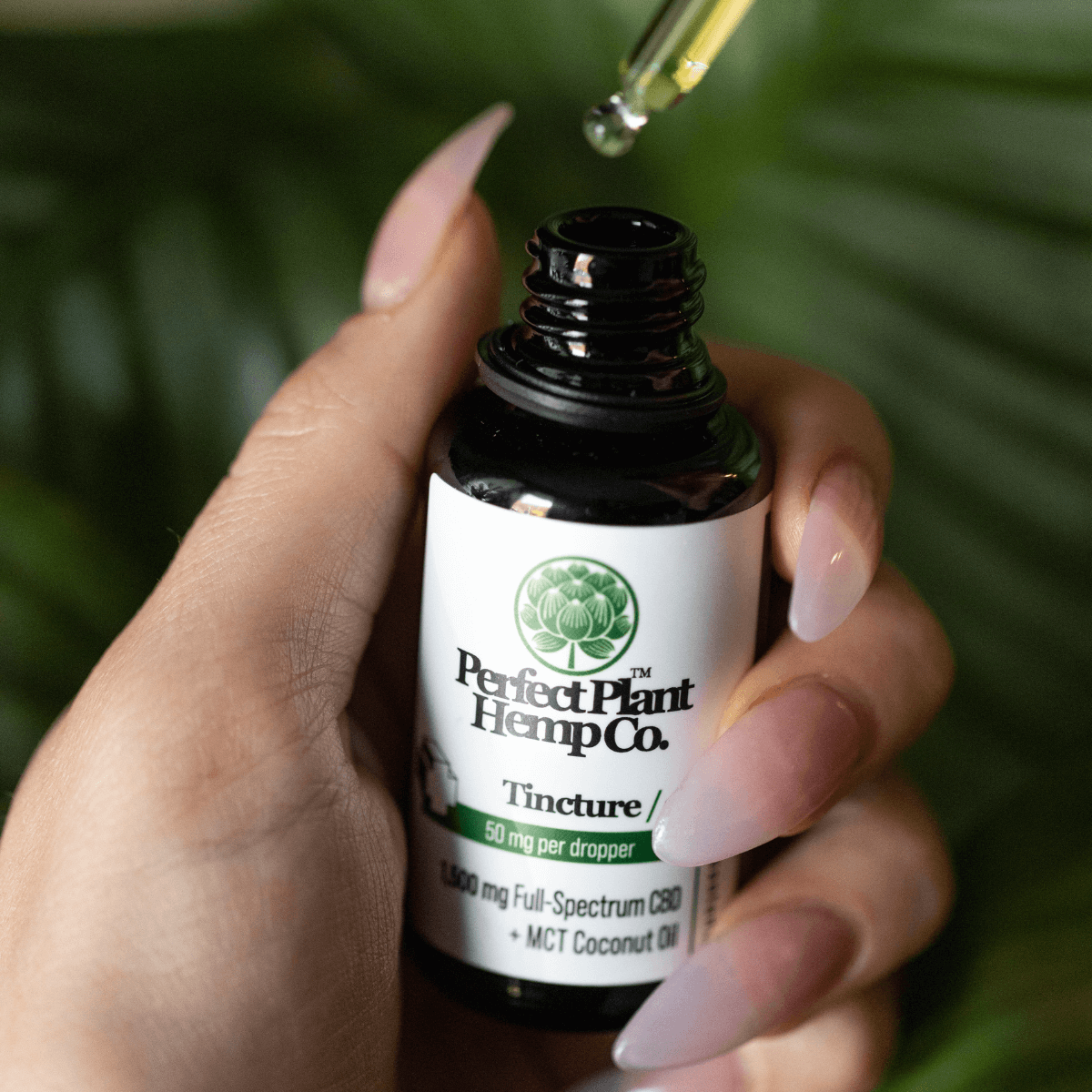By J Gordon Curtis
There is no easy way to break down all the differences between different cannabis classifications. Most people have heard of sativa and indica since they’re common terms in the industry. If you’ve ever started digging into the differences between them, however, you may have also come across a third: ruderalis.
Further complicating the matter is the fact that Cannabis sativa and Cannabis indica are taxonomical names that we repurpose for describing effectual qualities. There is a physical description of what these two classifications are but that doesn’t often transfer into the effects they produce and how people perceive them.
For the purpose of talking about Cannabis ruderalis, it’s best to focus purely on the physical qualities these terms hold. With this in mind, let’s discuss where this classification came from, what it means, and where you can find it.
Where did Cannabis Ruderalis come from?
Ruderalis is a low-THC variety of cannabis that is notable for a few reasons. While some have tried to tie this species to be a subset of the Cannabis sativa variety, several factors set ruderalis apart.
Being native to Russia and central parts of Europe and Asia, this plant has developed the capability to grow in harsh environments. Several distinctive elements of the plant can trace the reasoning back to growing in colder, harsher environments.
More on that below:
Cannabis Sativa vs Indica vs Ruderalis
The differences between sativa and indica when referring to the effects of the plant are convoluted and mostly based on user experience. This is not the case for taxonomical definitions which set clear understandings of the way each of these varieties will look.
Keep in mind when reading these that the physical characteristics of sativa and indica varieties have little — often nothing — to do with the label on the jar meant to describe the effects.
Sativa
This subspecies of cannabis is the taller variety with a brighter green color and long, narrow leaves. The flowers of Cannabis sativa are longer and have a more feather-like appearance.
The opposite experience of ruderalis, sativa strains show the telltale signs of generations of tropical living. Along with the abundance of sunshine and rain, sativas have evolved to take in as many nutrients as possible.
Thin leaves leave room for the sun and rain to get to lower levels of the plant and encourage airflow so moisture can evaporate before another rain comes. Sativas owe their origin to areas around the equator and they are the most common cannabis variety.
Taxonomically speaking, Cannabis sativa is also rarely intoxicating with a low ratio of THC to CBD.
Indica
Cannabis indica is the most common high-THC variety of cannabis. The name Indica comes from the country of origin for this variety's discovery — India.
Unlike ruderalis which had to adapt to harsh, cold environments, indica varieties evolved for the heat and dry conditions of their origin. As a result, they grow smaller — though, not as small as ruderalis — and have fatter, broader leaves to try and catch as much sunlight as possible.
While this term typically refers to strains of marijuana that are sedative and have a heavy body effect, every strain of marijuana has at least some indica in them.
Ruderalis
With the understanding of how the other two classes of cannabis evolved over time, understanding ruderalis is easy. Since the typical climate that it grows in involves short summers and cold winters, it has to grow and reproduce as fast and often as possible.
Nature is a numbers game and the life cycle of a plant often centers around creating as many opportunities to reproduce as possible. To that end, when your opportunity has a shorter window, it makes sense to act as quickly and often as possible.
Here’s what that looks like in ruderalis:
The flowers of ruderalis are always low in THC content and high in CBD. One of the biggest uses of ruderalis is to assist with the growing of high-THC flower, though.
Here’s how that works.
How is Cannabis Ruderalis Used
While ruderalis doesn’t create THC on its own, breeders have been longtime fans of the variety and its hardy nature. By breeding ruderalis with high-THC plants, breeders lower the THC content but boost the growth potential.
The result is an entire industry of auto-flowering, high-THC plants. Growers are willing to give up the slight loss in potency for a plant that can go from seed to harvest in 10 weeks.
Even more crucial, autoflower plants aren’t reliant on light cycles — one of the most crucial elements to growing other varieties. This makes them ideal for novice growers and gives them the capability to grow year-round.
Cannabis Ruderalis Strains
Most ruderalis lineages compress together into a singular “ruderalis” label. As a result, there aren’t many “ruderalis strains” in the same way that we might think of others.
The main benefit of ruderalis is that it can aid in other strains. To that end, here are some of the most popular autoflower strains people are working with today:
Blue Dream
A longtime favorite of smokers, Blue Dream autoflower takes that award-winning bud and puts it in your bag within 11 weeks or so. THC content on these can be around or over 20%, making it one of the higher options for autoflower.
In addition to this, CBD content may be between 1-5% which makes it especially great for users looking to enjoy the combination of CBD and THC together.
Green Crack
Another major strain, Green crack is a sativa-dominant hybrid, making it more energizing — hence the name. Smokers love the mango-forward flavor of this classic flower which can grow into upwards of 20% THC with little amounts of CBD.
White Widow
This strain is a hybrid that leans towards indica with a THC percentage that hovers around the high teens. White Widow has been popular ever since it was the winner of the Cannabis Cup in 1995.
Sour Diesel
Slightly sativa-leaning, sour diesel autoflowers typically hover around 20% THC content. As the name suggests, expect a pungent, diesel fuel smell from these flowers.
Jack Herer
Named after the famous cannabis advocate, Jack Herer has held a course for a long time as a gold standard for cannabis. Expect this strain to have around 20% THC and an effect that leans towards a sativa.
Northern Lights
Northern Lights is one of the most indica-leaning autoflowers you can get leaning as far as 90% toward an indica effect. With THC content hovering around the high teens, this flower is a favorite of smokers all over the world.
Amnesia Haze
This strain is truly unique in the world of autoflowers in that it incorporates around 10% of ruderalis into the genetics. As a result of this, the CBD content can usually hover in the 1-2% range with around 15% THC.
Sativa-leaning with a mild effect makes this a favorite daytime flower for smokers.
Conclusion: What is Cannabis Ruderalis
The cannabis plant has a wide range of varieties — each with its own effect and use. When it comes to ruderalis, the most popular way to use it is in combination with other strains to create auto-flowering plants.
While it’s often forgotten about, cannabis ruderalis is an essential element of the cannabis world and offers exciting opportunities that would otherwise be impossible.


